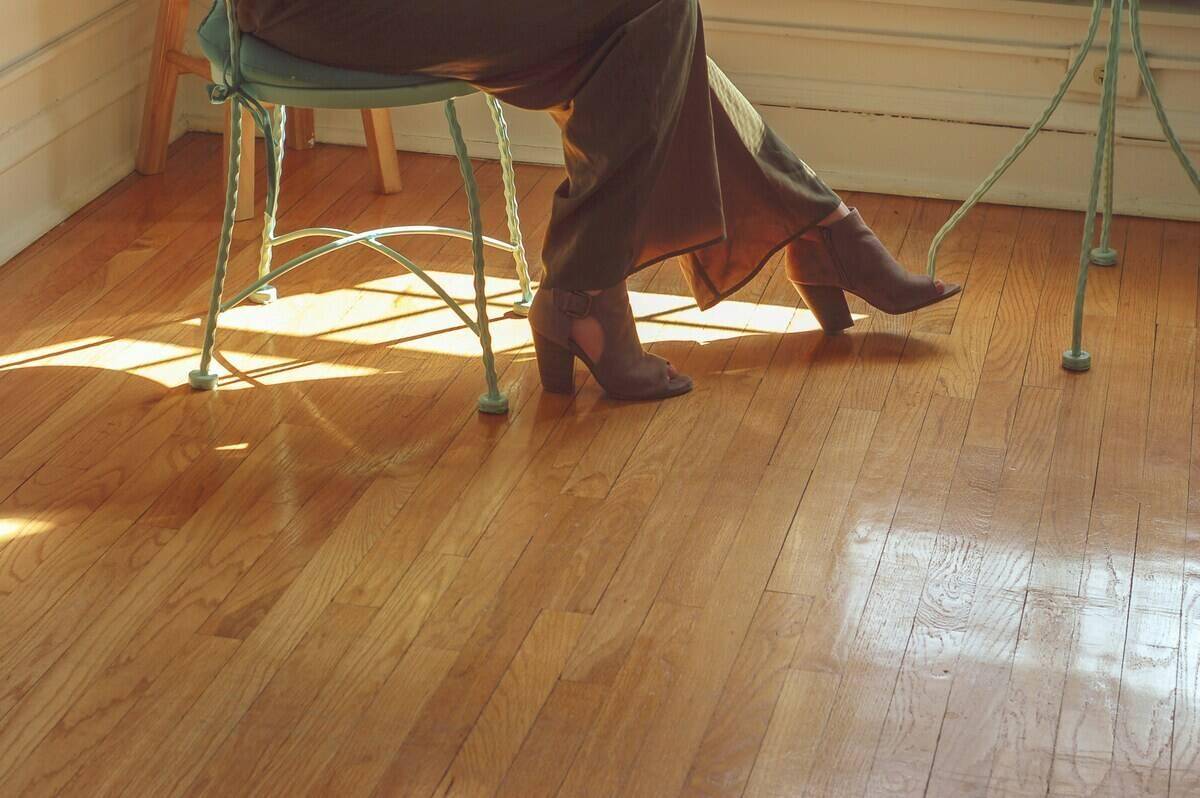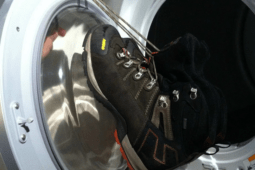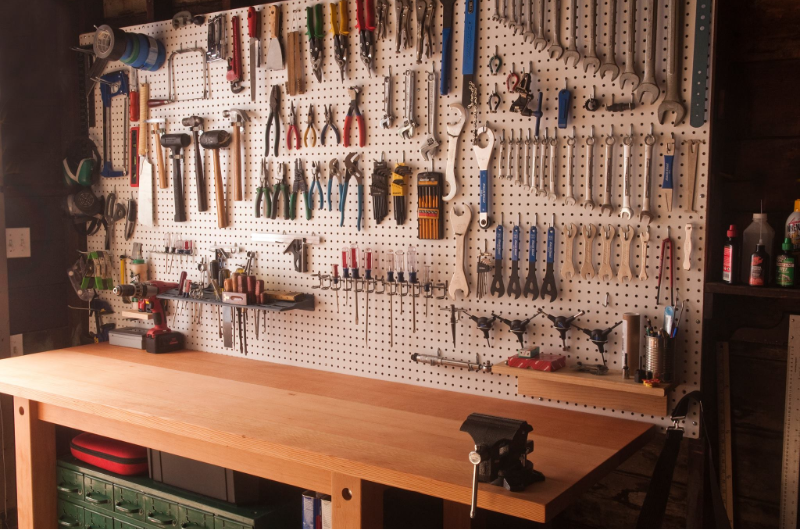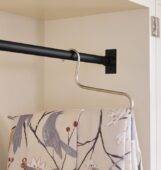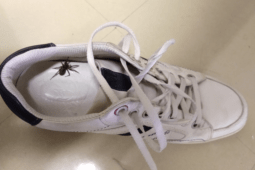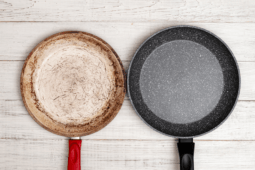Surprising Ways You’re Accidentally Damaging Your Home Without Realizing It
We all take pride in our homes, investing time and money to keep them looking their best. But did you know that some of the most common household habits might actually be causing hidden damage? From everyday cleaning shortcuts to seemingly harmless decor choices, you could be unknowingly shortening the life of your floors, plumbing, and even your walls. Read on to discover the surprising ways you might be accidentally harming your home – and learn how to avoid these costly mistakes before they turn into expensive repairs.
1. Never Pour Cooking Grease Down the Sink
Pouring grease down the drain can lead to stubborn clogs as it cools and solidifies. Instead, dispose of grease in a container or compost it, protecting your plumbing and reducing the chance of costly blockages.
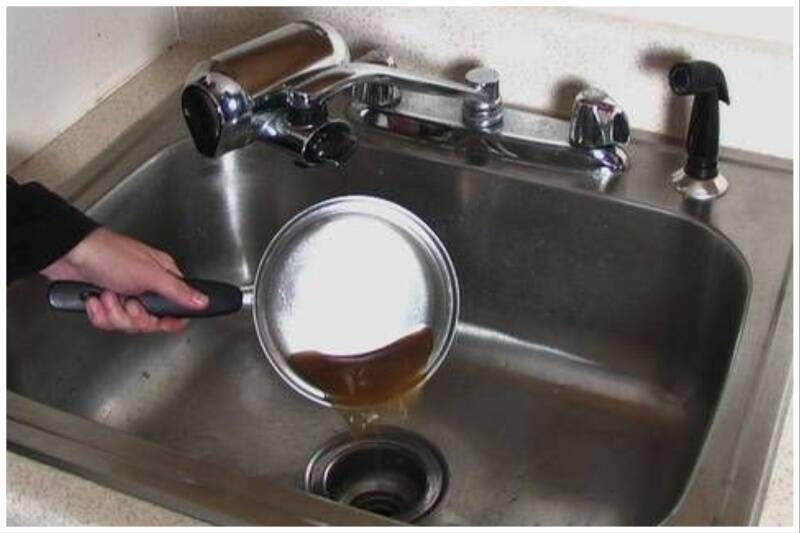
2. Choose Vacuums Over Brooms for Clean Floors
Sweeping with a broom often just pushes dust and dirt around, missing particles that settle into corners and carpet fibers. Using a vacuum, on the other hand, provides deep suction that effectively removes dust from floors, helping keep your home cleaner and reducing allergens.
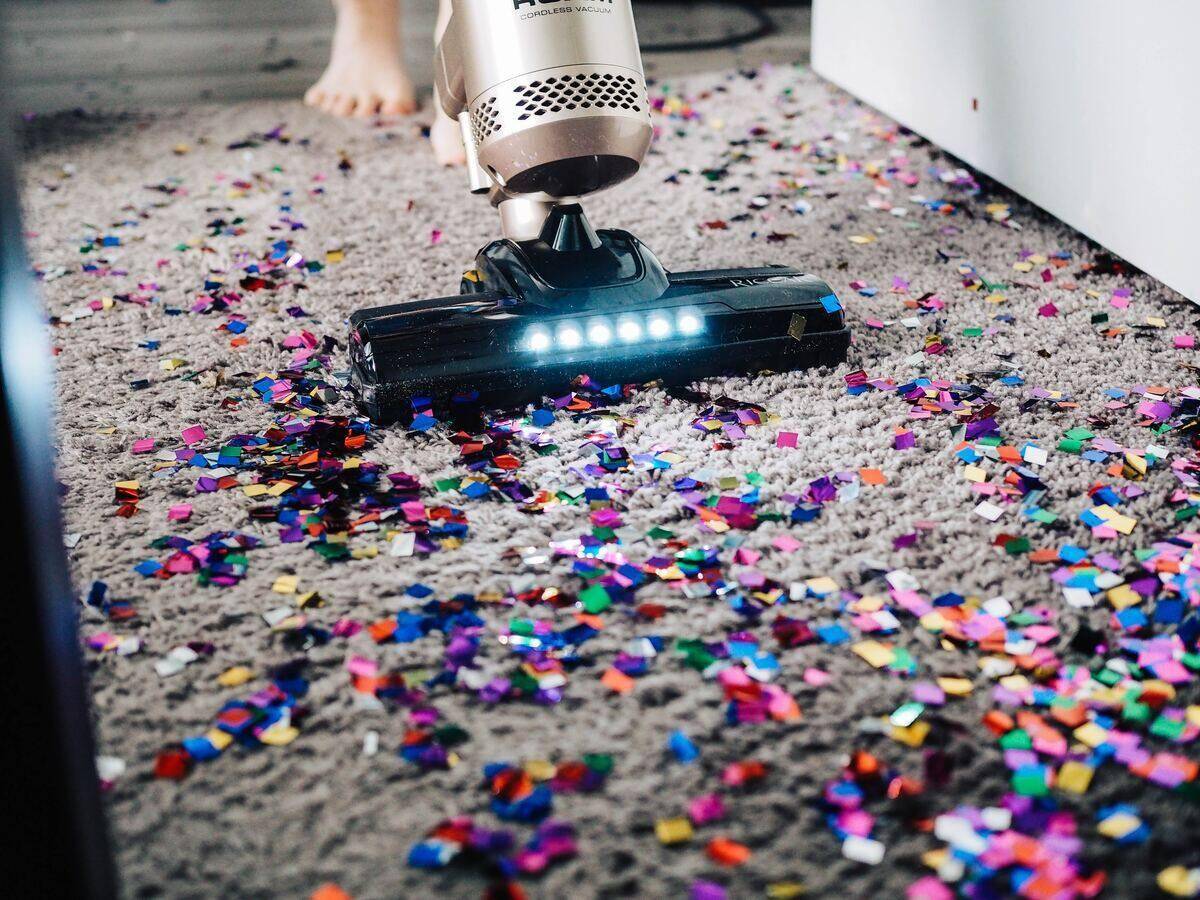
3. Dispose of Coffee and Tea Properly
Pouring coffee and tea down the sink or toilet may seem harmless, but their tannins can stain porcelain and sinks over time. Instead, compost used tea bags and coffee grounds to avoid stains and protect your plumbing while also benefiting the environment.
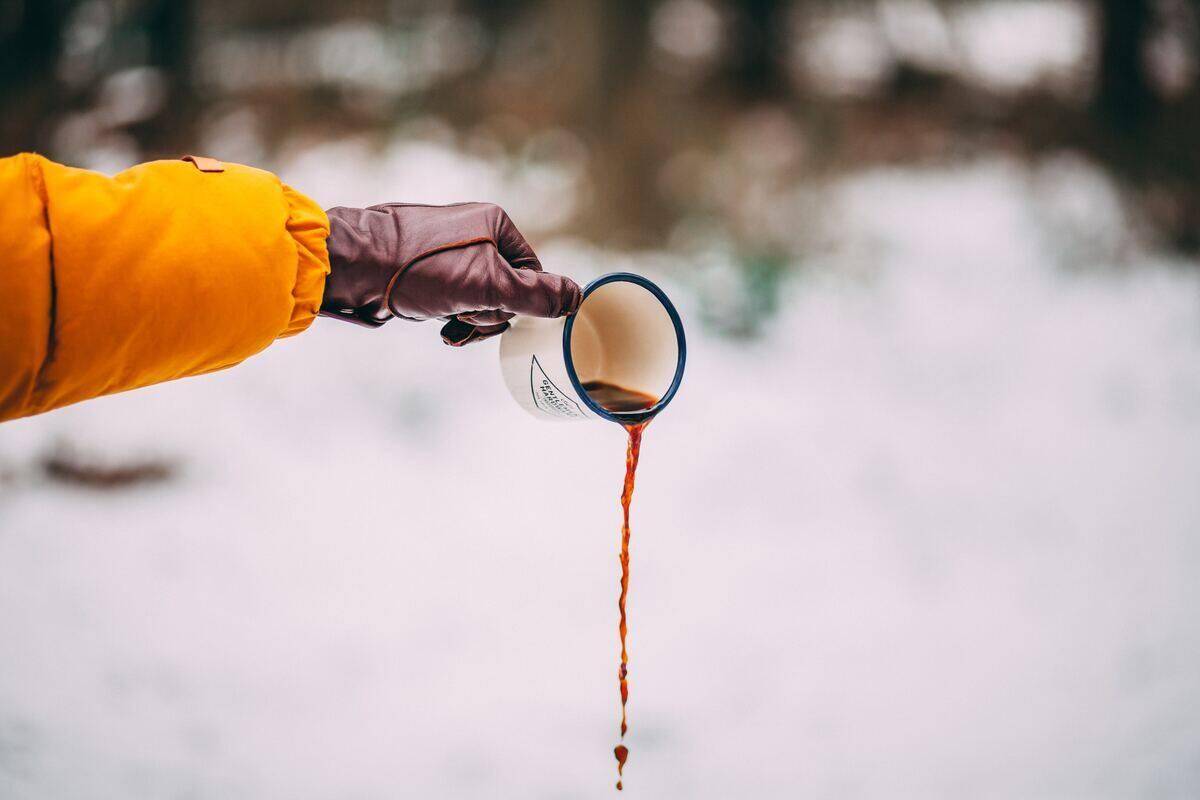
4. Avoid Using Vinegar on Granite Surfaces
Vinegar is a common natural cleaner, but it can erode the protective sealant on granite countertops, leaving them dull and vulnerable to stains. Instead, use a cleaner specifically designed for stone surfaces to maintain the shine and durability of your countertops.
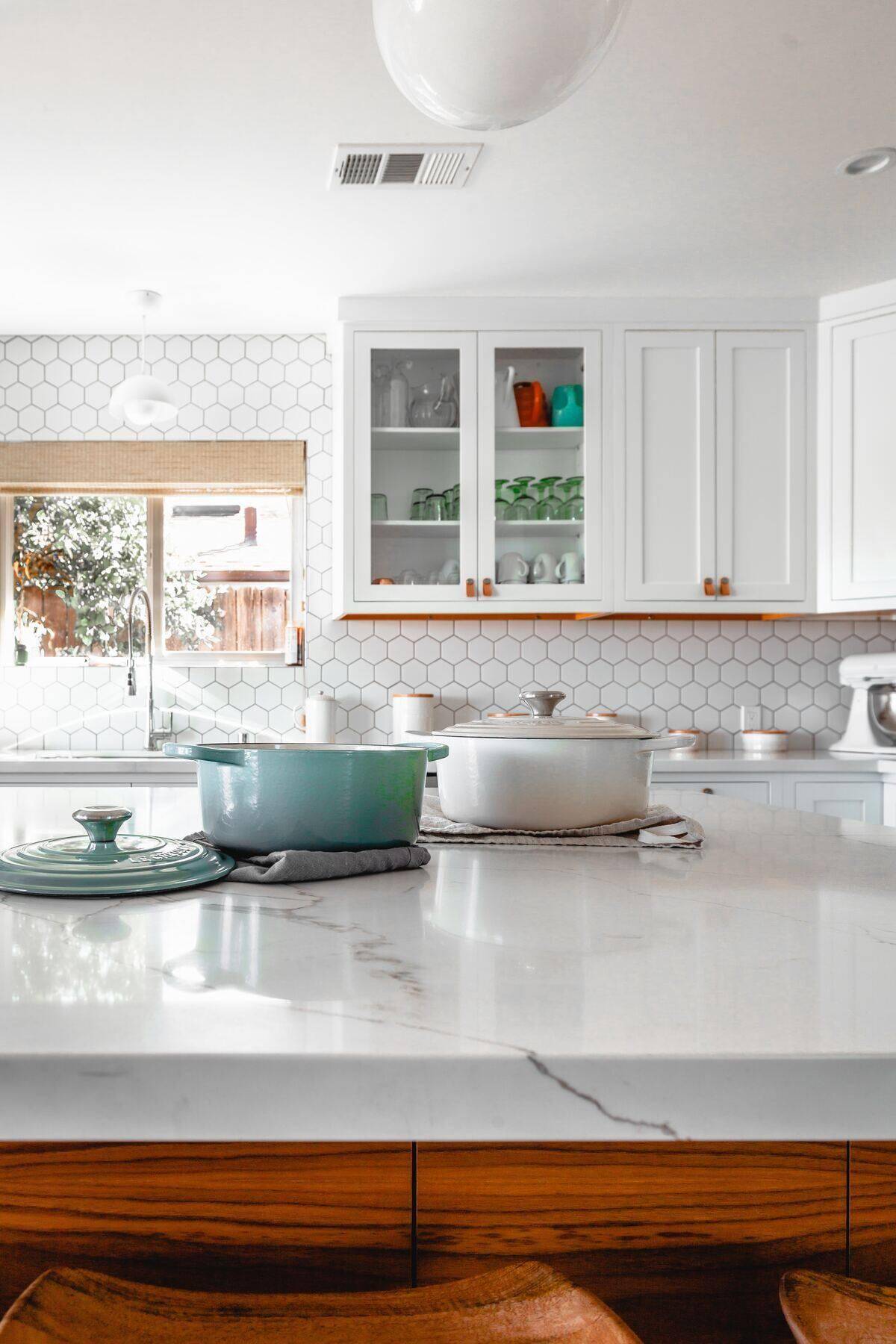
5. Always Use a Stud Finder Before Drilling
Hanging items like art or shelves without a stud finder risks damaging walls, as sheetrock alone may not support heavier pieces. A stud finder ensures you drill into solid support, keeping your walls intact and preventing accidents.
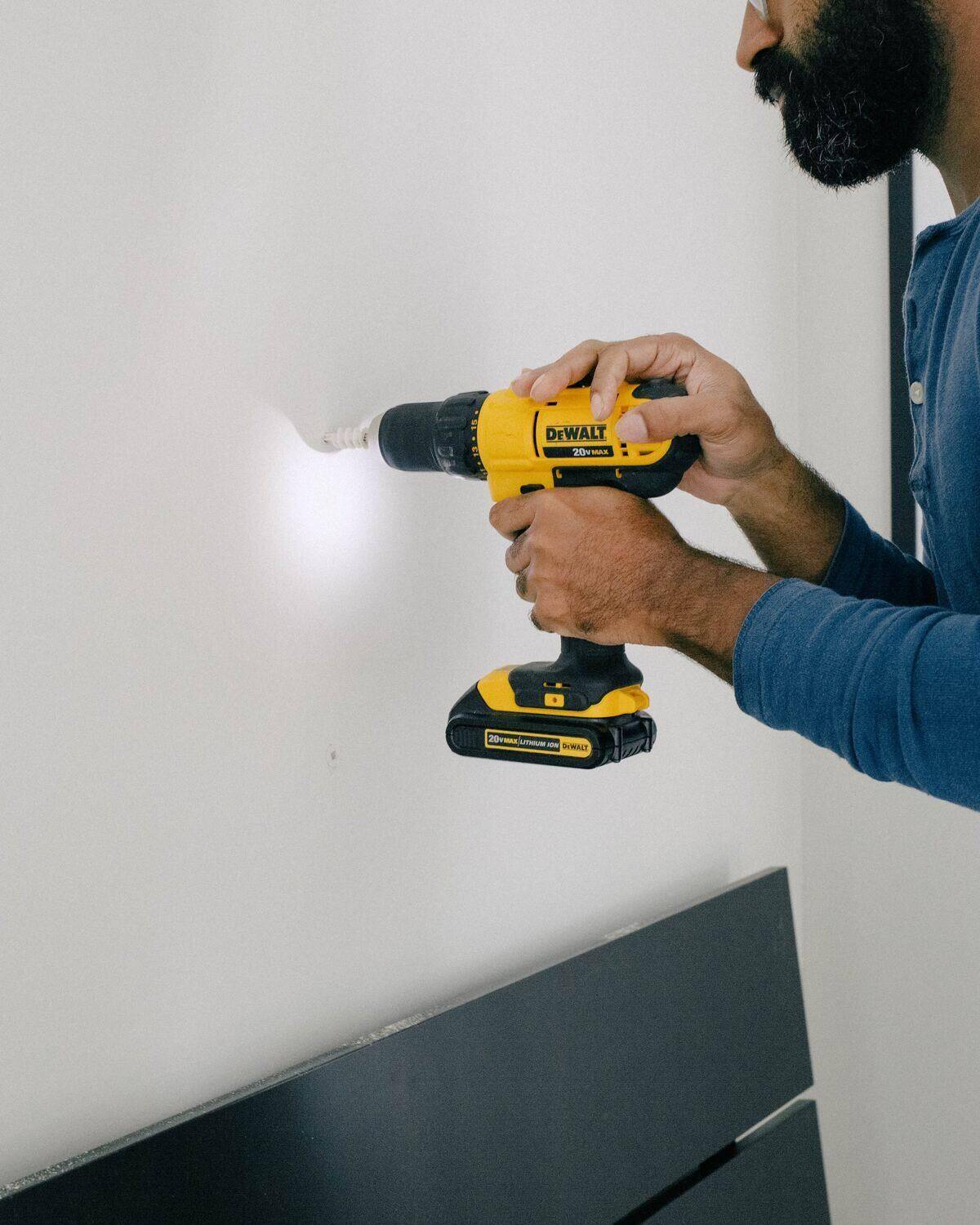
6. Trim Plants and Trees Regularly
While greenery around the home adds curb appeal, overgrown branches close to the house can scratch windows, damage siding, and create potential entry points for pests. Regularly trimming trees and shrubs prevents these issues, keeping both your home and landscaping in top shape.
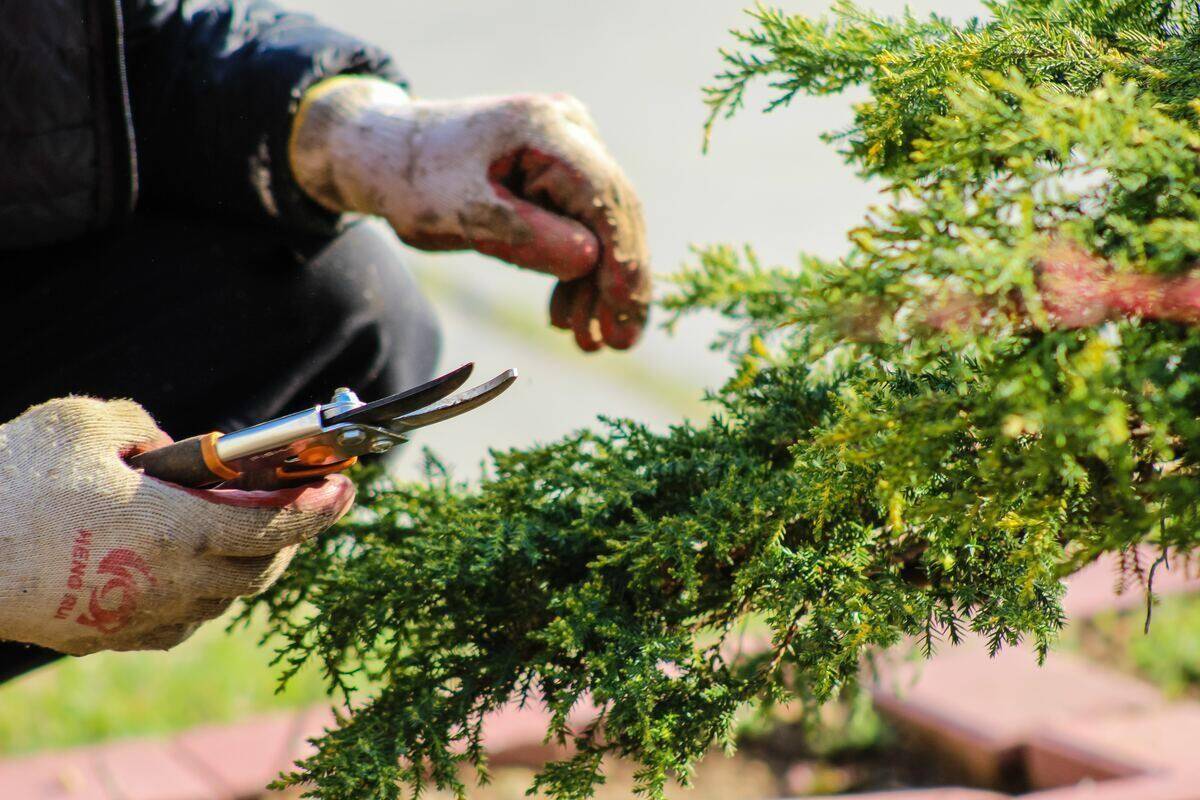
7. Control Humidity to Protect Your Floors
Excess humidity can cause hardwood floors to warp or swell over time, leading to costly repairs. Using a dehumidifier when humidity rises above 55% helps maintain the integrity of wood flooring, ensuring it stays smooth and damage-free.
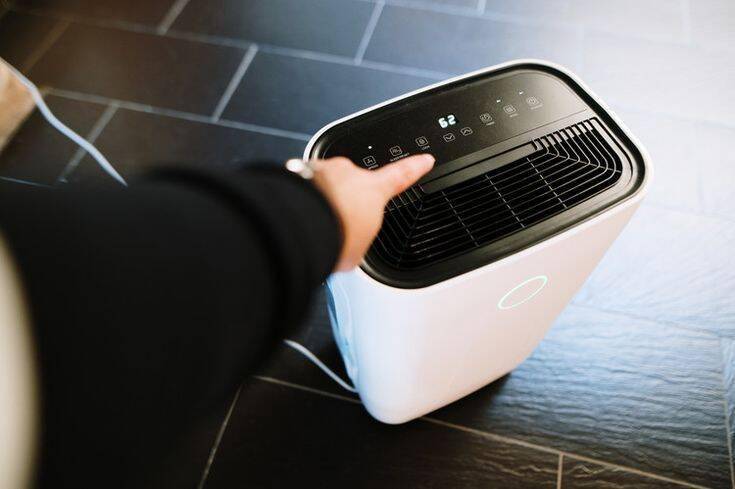
8. Avoid Shampooing Carpets
Shampooing carpets might seem effective, but it often leaves behind moisture that can lead to mold growth. Instead, opt for dry cleaning methods or vacuuming to keep carpets fresh without the risk of lingering moisture and mold.
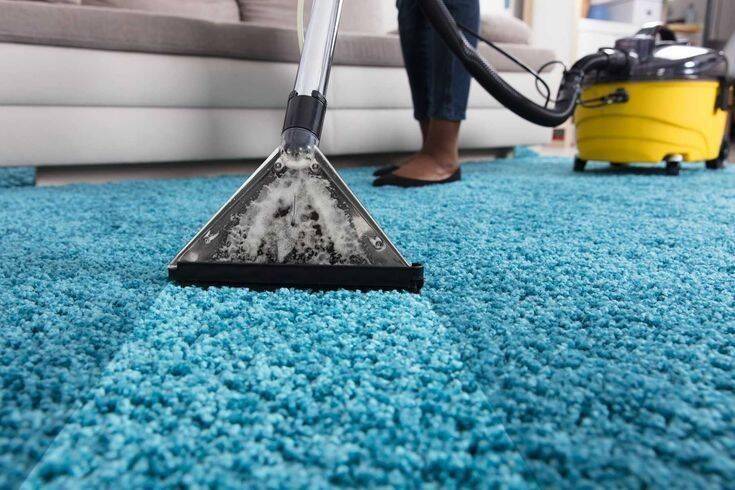
9. Regularly Clean Your Dryer’s Lint Trap
Lint buildup in dryer traps reduces dryer efficiency and can pose a fire hazard. Clean the trap after every load to ensure proper airflow and minimize the risk of overheating and fire.
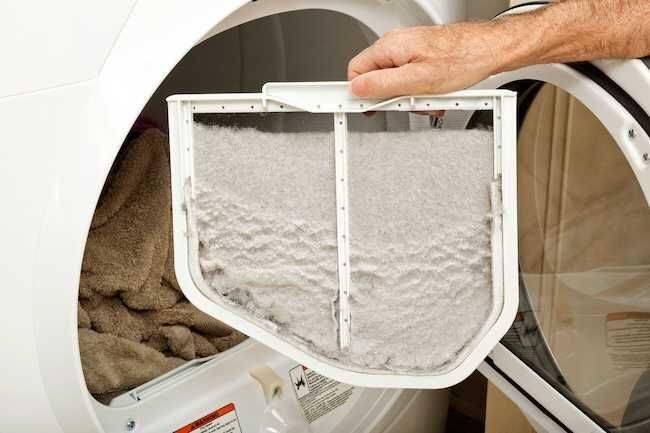
10. Keep Gutters Free of Debris
Clogged gutters can lead to water overflow, which may seep into your home’s foundation, causing leaks and structural damage. Regular gutter cleaning prevents these issues, protecting your home from potential water damage.
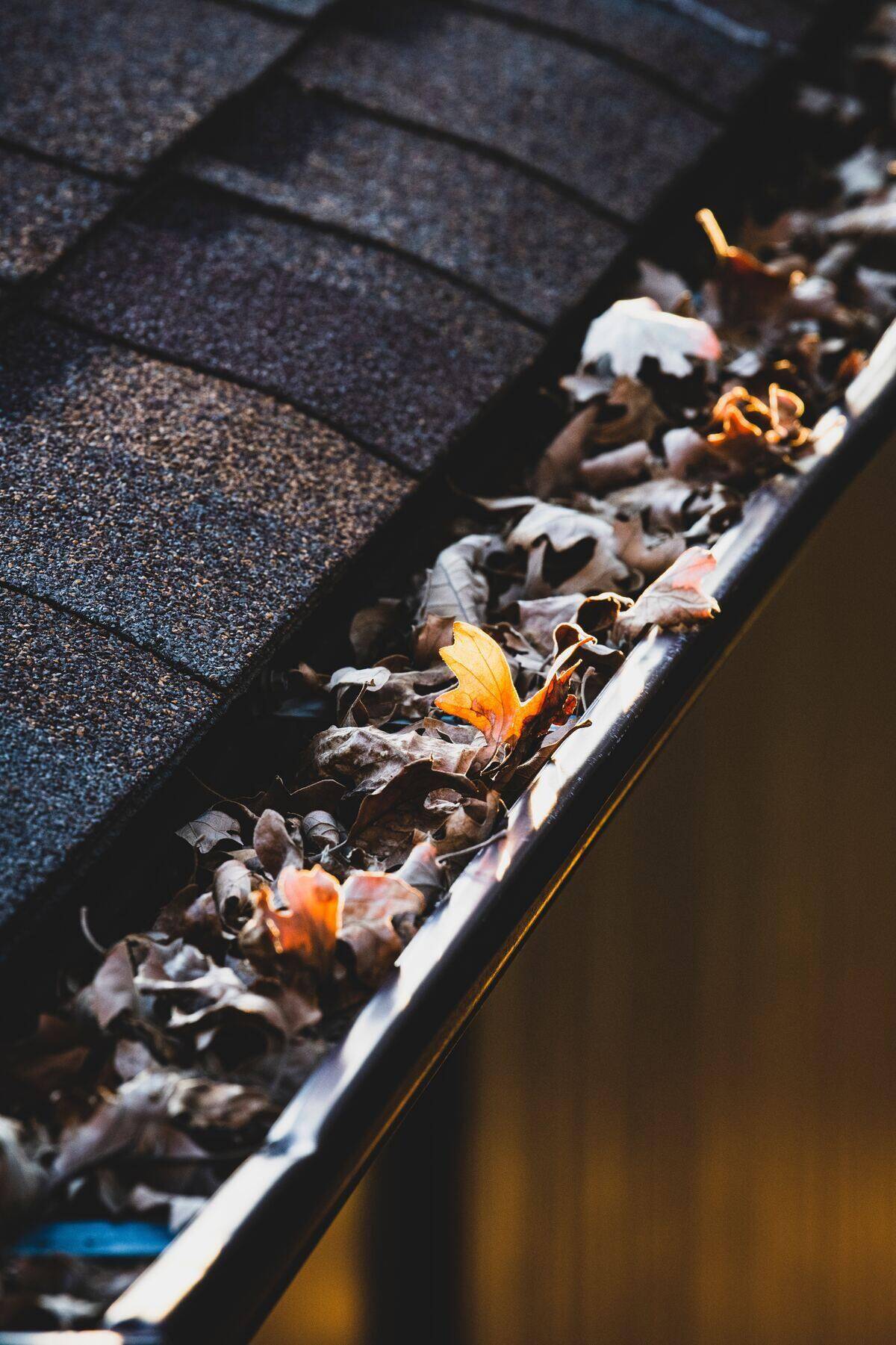
11. Store Outdoor Shoes Outside the Home
Shoes track in dirt, bacteria, and allergens from outside, which can settle into your floors and impact indoor air quality. Placing a mat or shoe rack outside encourages everyone to leave their shoes at the door, keeping your home cleaner and healthier.
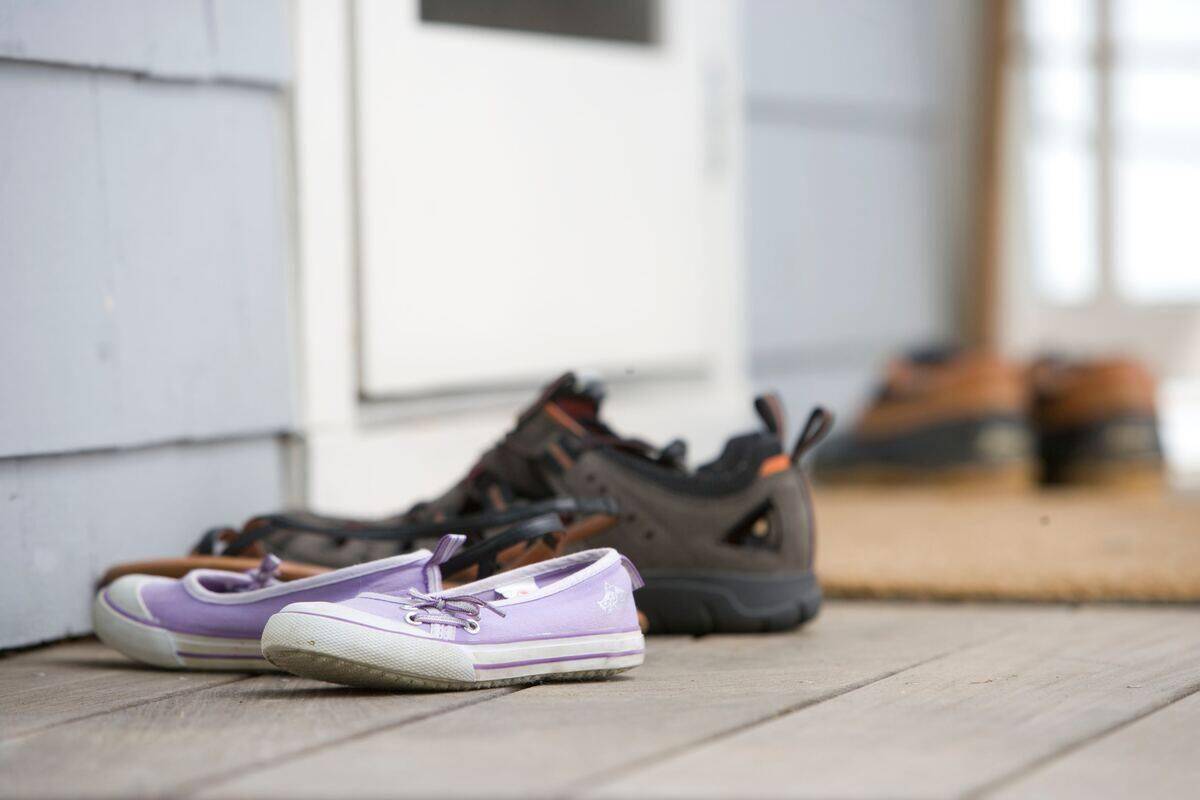
12. Open Window Blinds All Day
Leaving blinds open all day can be tempting, especially when the sun is shining or there’s a pleasant breeze. However, constant sun exposure can cause floors and furniture to fade and discolor over time. To protect your home’s interior, remember to close blinds when leaving the house, reducing UV damage without sacrificing natural light when you’re home.
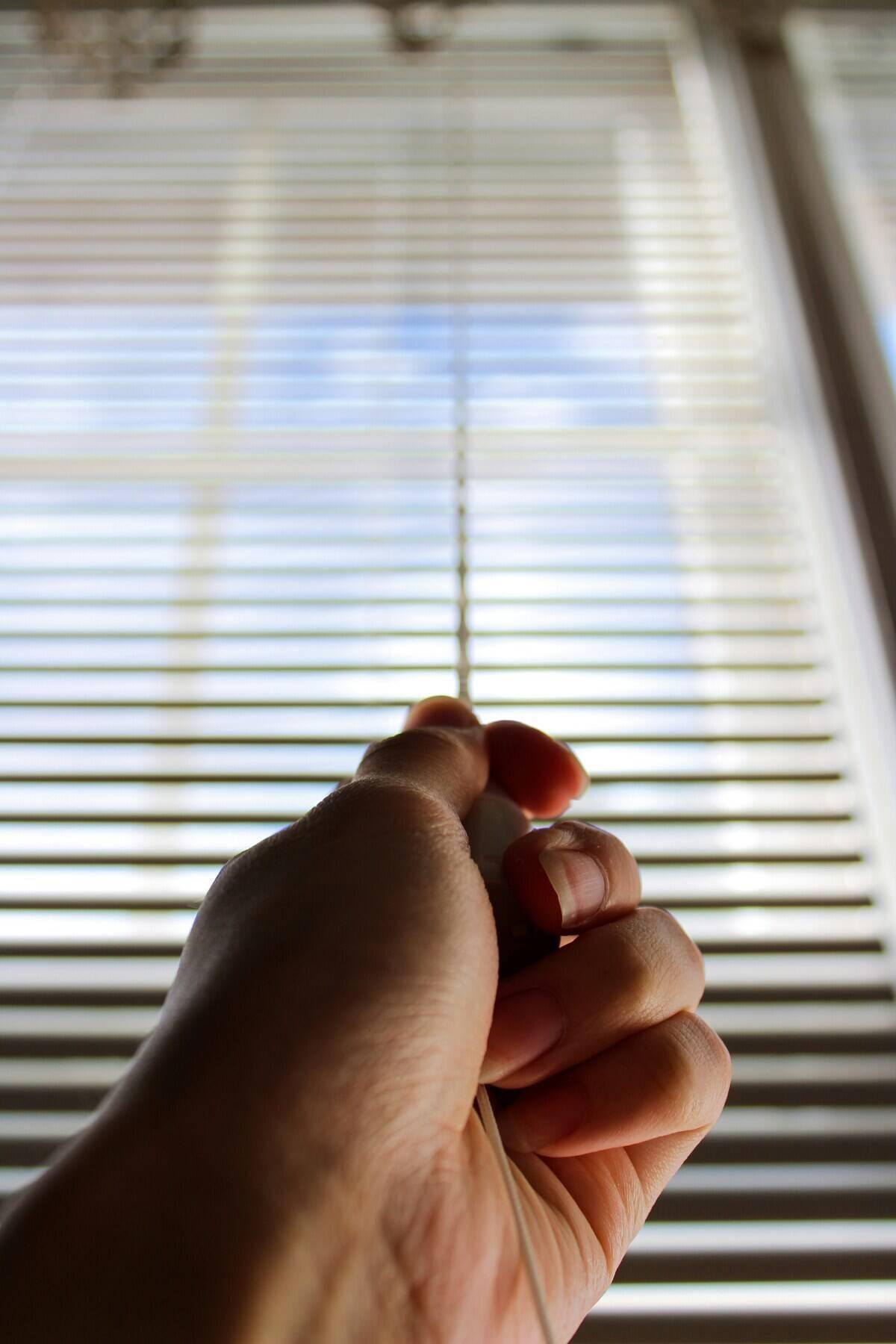
13. Do Not Use Bleach on Hardwood Floors
Bleach may sanitize, but its harsh chemicals can strip the protective finish from hardwood floors, leaving them dull and more prone to damage. Use wood-safe cleaners to maintain your floor’s luster and avoid permanent damage.
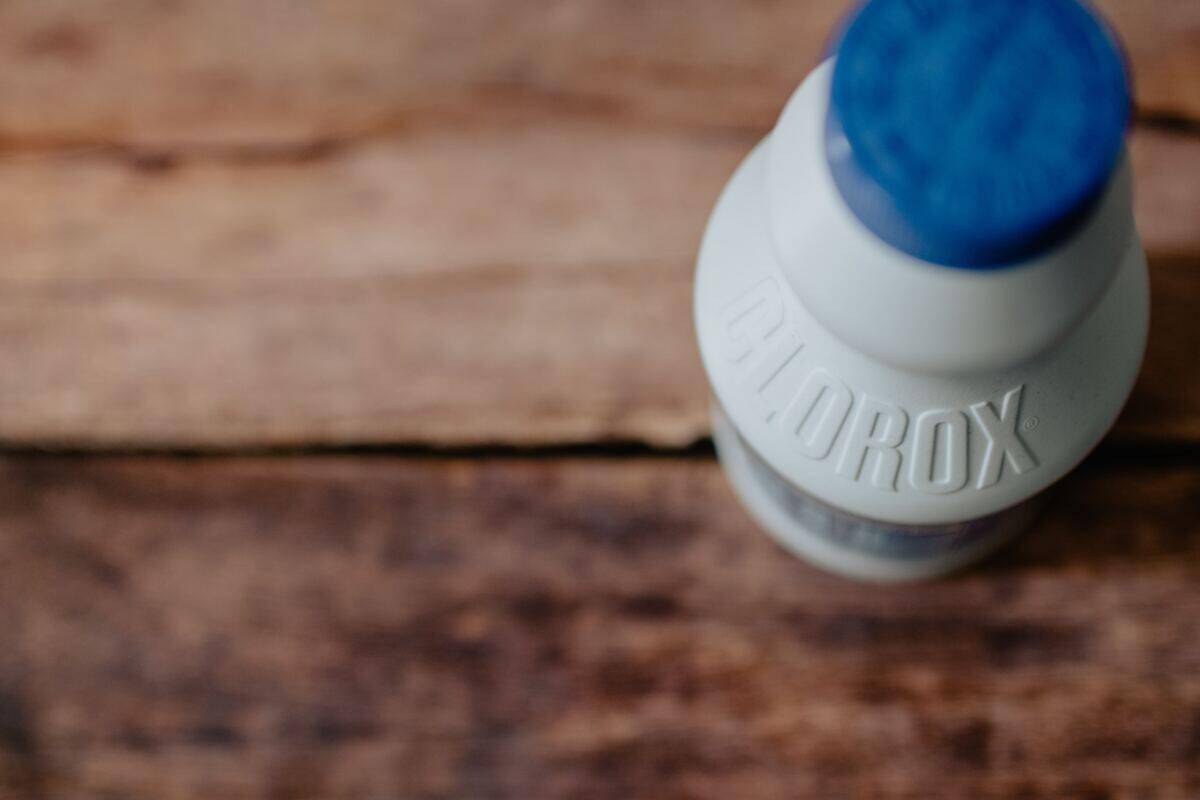
14. Remember to Clean Your Dishwasher’s Trap
Many dishwashers have a small filter trap that catches food particles. Cleaning this trap once a month prevents buildup, keeping your dishwasher working efficiently and your dishes cleaner.
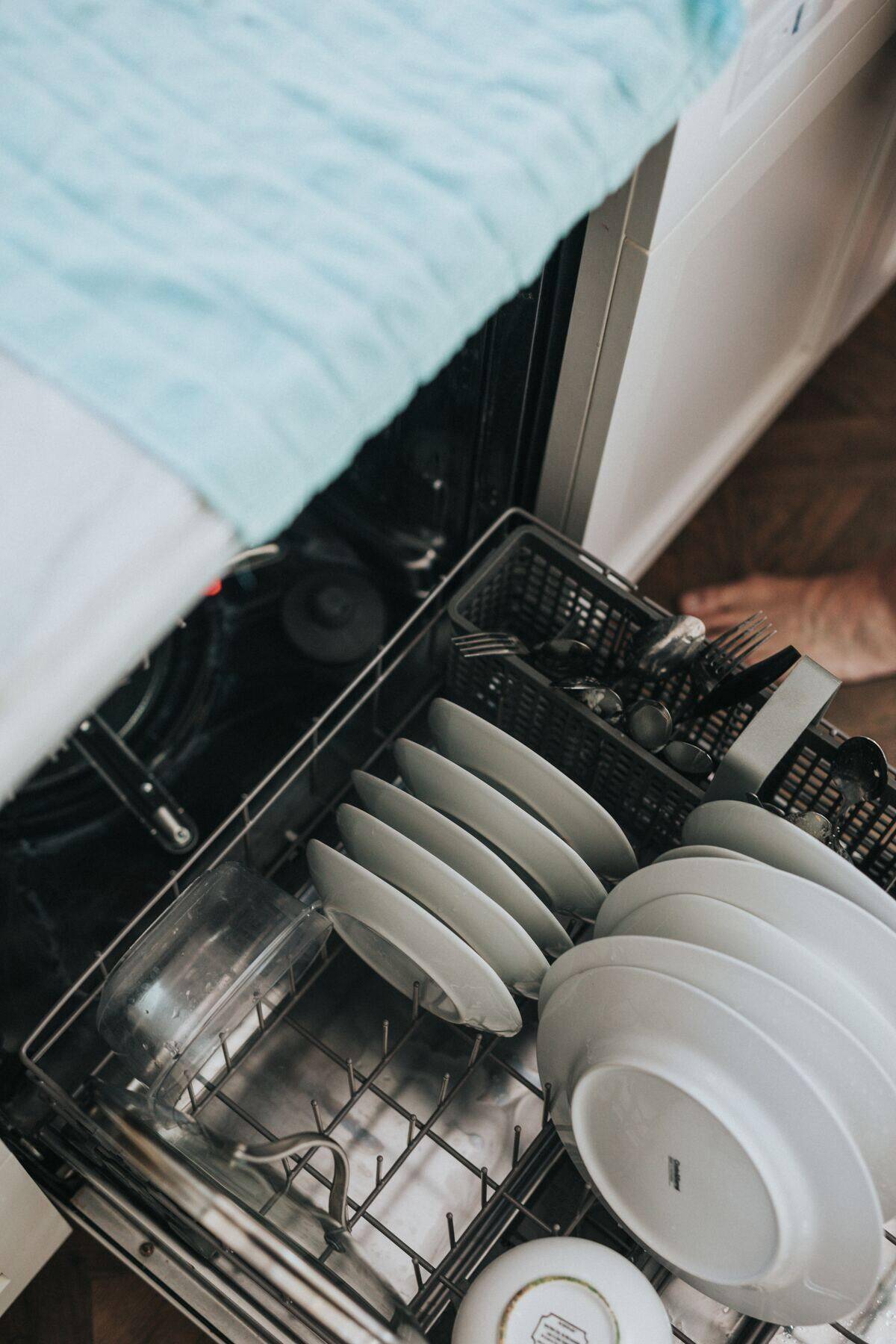
15. Pour Pasta Water into Your Garden, Not the Sink
The starchy water from pasta can contribute to clogs when poured down the drain. Instead, pour it into your garden, where it can act as a natural fertilizer, nourishing your plants while protecting your pipes.
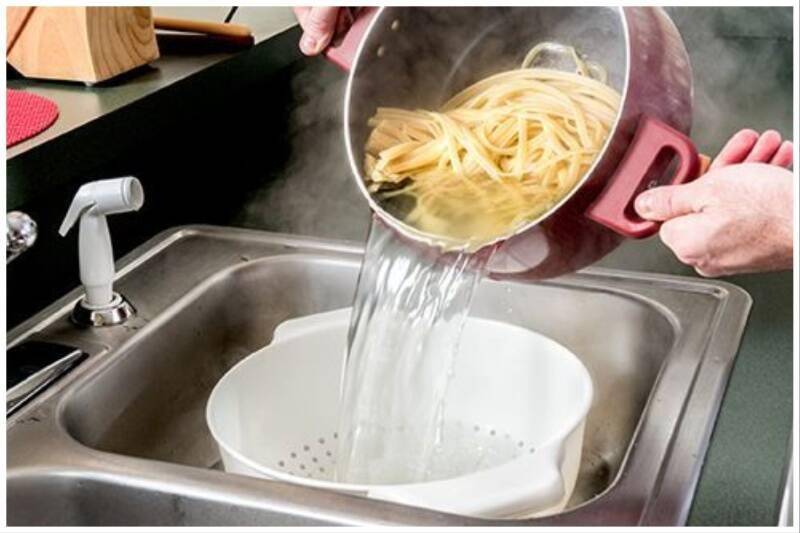
16. Lift Chairs Instead of Dragging on Hardwood Floors
Sliding chairs or furniture across hardwood floors can create scratches and scuff marks over time. Adding furniture pads or simply lifting items to move them helps protect your floors and keeps them looking new.
